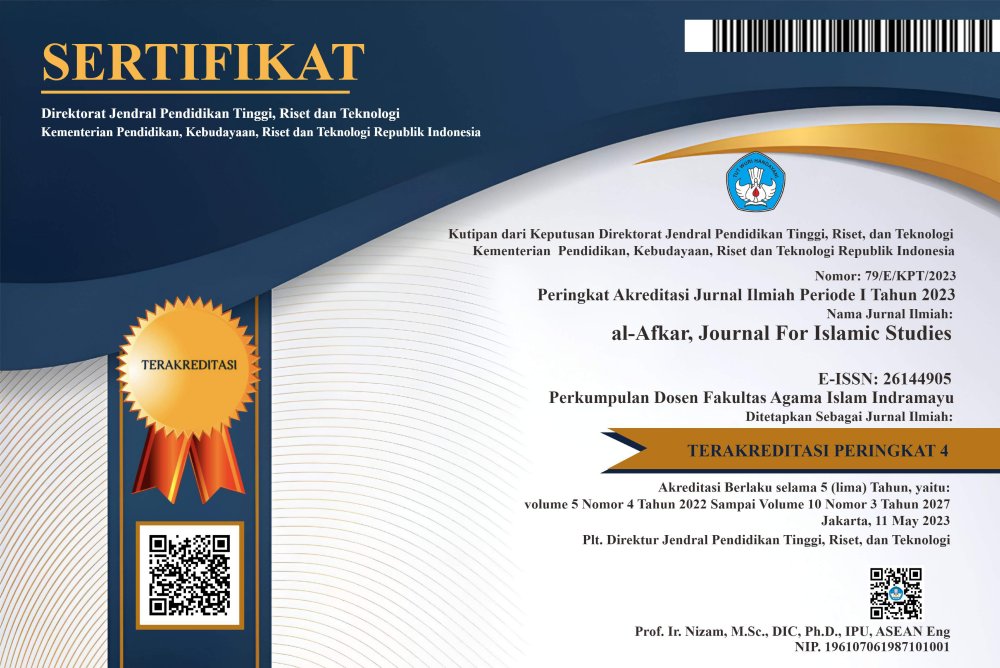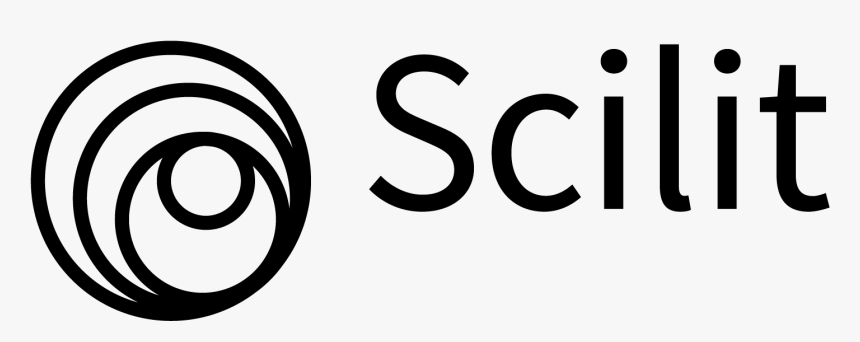Implementation of the Tadabur Alam Learning Approach in Increasing Santri Faith at TPQ Nurud Dzolam, Sukasari Village, Pulosari District, Pandeglang Regency, Banten
DOI:
https://doi.org/10.31943/afkarjournal.v8i1.1665Keywords:
Natural Tadabur Learning Approach, Faith, Students, TPQ, Islamic EducationAbstract
This research discusses the benefits of the natural tadabur learning approach in increasing the faith of students at the Nurud Dzolam Al-Qur'an Education Park (TPQ). The natural tadabur learning approach is an activity of contemplating the greatness of Allah through the signs in the universe. This activity is routinely carried out at TPQ Nurud Dzolam to strengthen students' belief in the creation of Allah. This research uses a qualitative method with a case study approach, involving students, ustadz/ustadzah, and TPQ managers as subjects. The research results show that the natural tadabur learning approach has a positive impact in increasing students' faith through direct spiritual experience, awareness of the greatness of Allah, and the formation of tawadhu' character. Supporting factors for implementing this activity include full support from TPQ managers, student enthusiasm, and a supportive natural environment. However, obstacles such as erratic weather conditions and resource constraints affect the consistent implementation of activities. This research recommends improving facilities, developing learning modules for the natural learning approach, as well as integrating this activity with the academic curriculum to maximize its benefits.
Downloads
References
Ali Audah. Konkordansi Quran: Panduan Kata dalam Mencari Ayat Qur’an. Bogor: Pustaka Litera Antar Nusa; 2003.
Bimas Islam Kemenag RI. Al-Quran. Bogor: Unit Percetakan Al-Quran; 2018.
Dewi Sadiah. Metode Penelitian Dakwah Pendekatan Kualitatif dan Kuantitatif,. Bandung: Rosdakarya; 2015.
Hambali H. Eksplorasi Pembelajaran Tadabbur Alam Dalam Meningkatkan Kecerdasan Naturalis (Naturalistik Intellegence) dan Kecerdasan Spiritual (Spiritual Intellegence) SIswa SMP UnisMuh Makassar. J Pendidik Fis. 2017;5(1):7.
Imam Gazali. Terjemah Ihya’ Ulumuddin. 12 ed. Jakarta: CV. Faizan; 1992.
Lewis B et al. The Encyclopaedia of Islam. Leiden EJ Brill. 1971;III.
Moleong LJ. Metodologi Penelitian Kualitatif. Bandung: Rosdakarya; 2018.
Pemerintah RI. Peraturan Pemerintah. 19 Indonesia; 2005.
Rifka Amalia. Perjalanan dan Kisah Nabi Ibrahim Menemukan Allah SWT [Internet]. Sosok.id. 2023. Tersedia pada: https://sosok.grid.id/read/413516154/perjalanan-dan-kisah-nabi-ibrahim-menemukan-allah-swt?page=all#:~:text=Nabi Ibrahim kemudian mengetahui bahwa,makhluk-makhluk yang sudah mati.
Suardi M. Belajar dan Pembelajaran. Yogyakarta: Deepublish; 2018. 217 hal.
Suryabrata S. Metodologi Penelitian. Jakarta: Raja Grafindo Persada; 2010.
Slameto. Teori, Model, Prosedur Manajemen Kelas dan Efektivitasnya. Pasuruan; 2020.
Sugiono. Memahami Penelitian Kualitatif. Bandung: Alfabeta; 2005.
Suyono dan Hariyanto. Teori dan Praktik Pembelajaran. Jakarta: Romaja Rosdakarya; 2011.
Undang-Undang, Republuk Indonesia no 20 tahun 2003. Undang-Undang Sistem Pendidikan Nasional. Bandung: Fokusindo Mandiri; 2012 hal. 263.
Wina Sanjaya. Strategi Pembelajaran: Berorientasi Standar Proses Pendidikan. Jakarta: Kencana Prenada Media Group; 2012.
Wiratna Sujarwen. Metode Penelitian. Yogyakarta: Pustaka Baru Press; 2014.
Downloads
Published
How to Cite
Issue
Section
License
Copyright (c) 2025 Naylur Rosyid, Eha Suhayati

This work is licensed under a Creative Commons Attribution 4.0 International License.



















